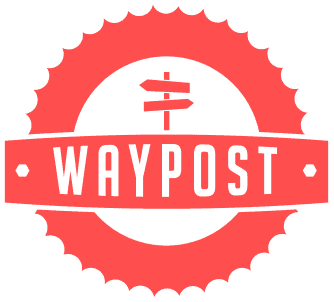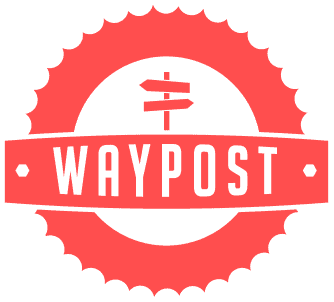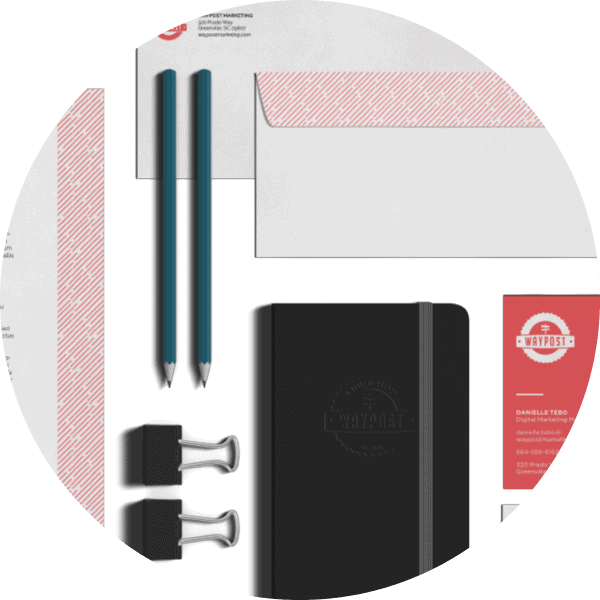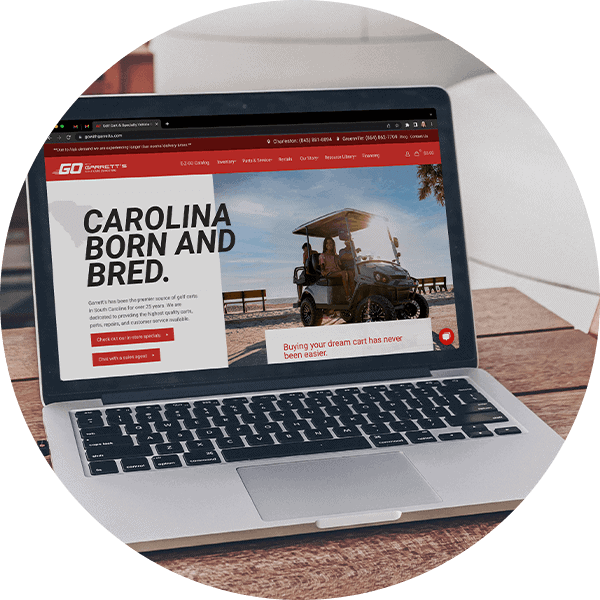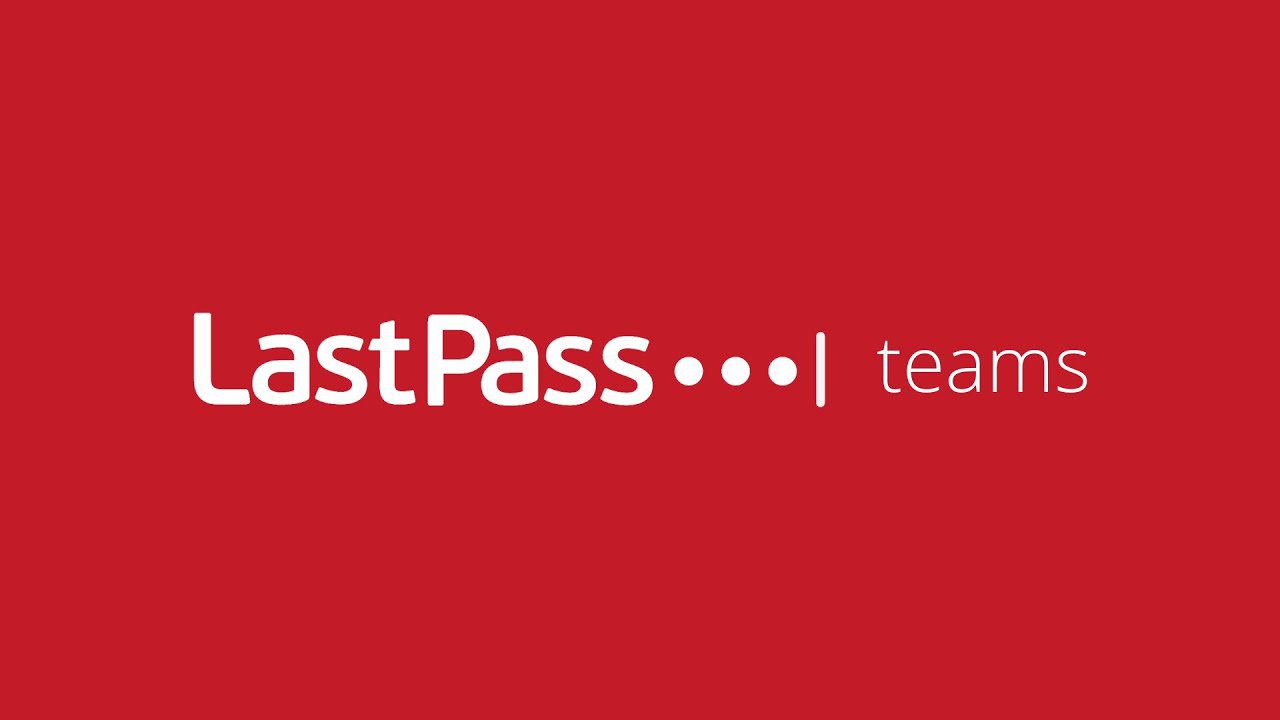
Business Technology Review: LastPass Password Manager for Teams
September 30, 2022
Four Services that Make a Great Web Design Agency
November 4, 2022Jeff Bezos said, “Your brand is what other people say about you when you’re not in the room.” In other words, your brand is the essence of the many little pieces that make you unique — the feeling people get when they engage with you.
A brand is more than a logo or a trademark. It’s deeper than what people see in your ads or website. Brands are a complex arrangement of parts that move and change — much like a living, growing creature.
Brand development is the strategy you employ to shape your brand (your reputation) to reflect your company’s core values, culture, and value proposition.
Reflect on the more successful companies and brands you engage with regularly. You’ll see how you base your opinion of these brands on more than just the product in front of you. Brand loyalty happens when a consumer connects with a brand on a deeper personal level. For example, a positive experience with customer support can result in a lifelong customer. In contrast, a negative experience can guarantee you never see that customer again.
The foundations of a brand development strategy
Brand development is a continuing process, not a one-and-done deliverable. At the beginning of this process, you’ll need to consider three critical aspects of your company’s brand.
It’s also worth noting that even if your company is 30 years old, it’s never too late to start a brand development strategy. Many companies who choose to “rebrand” with a new identity package (logo, colors, trademarks) would see better results if they employed a brand development strategy for their existing brand.
Your Brand Position
Building a brand position is the corporate equivalent of taking a gap year and backpacking through Europe. You may not think “finding yourself” would be a fruitful exercise for your business. Still, it’s incredible to see what our clients learn about their companies through this exercise.
Briefly, you’ll start by determining where you sit in your market. Who are your typical clients? What is your product? How do others perceive your company?
Once you have a baseline, turn the questions inward and define how you see yourself. What are your product attributes and benefits? What is your company’s personality? What makes you authoritative in your market? And what does all of this say about your ideal customer?
With this data in hand, go out and compare yourself to all of your competitors. It can be helpful to answer these questions on their behalf as well. As you compare your company to competitors, you’ll begin to see unique characteristics of your brand bubble to the surface. By the end of the exercise, you’ll walk away with a truly unique value proposition and a much deeper understanding of who you are as a company.
Your Brand Purpose
Every successful brand has a compelling purpose behind it. Simply put, your brand purpose defines how your company intends to function. The role of a stated brand purpose is to unite leadership, employees, clients, and the public in general, in pursuit of that intention. Essentially, it’s your company’s why statement, and knowing why your company exists provides the foundation on which you build everything else.
Waypost Marketing has a brand purpose statement: “To model the motives and actions of a trustworthy marketer.” Every word in that statement is pregnant with meaning. We use this brand purpose statement as the starting point for everything we do.
Your Company Culture
Your company culture is the shared values and attitudes that characterize your organization: the shared ethos of your organization. Your culture isn’t the work your employees do. It’s how your employees feel about their work—the values they collectively believe in, where they see the company going, and what they do to get it there. A healthy company culture keeps your employees connected and moving toward a common purpose. Your company culture is not your perks, incentives, or benefits. Your culture is created from your company’s values and driven by your company’s purpose.
Why is company culture so crucial to brand development? Do customers care (or even know) if your employees have a healthy company culture?
Company culture has a direct impact on customers because of the effect it has on your employees. Companies that are committed to a brand purpose and build a healthy culture around that purpose can attract a more highly skilled and effective workforce. In short, happy and fulfilled employees make delighted and loyal customers.
The need for a healthy company culture rings true for companies of any size. Waypost Marketing is a small company, but we have spent much time and energy cultivating a company culture that aligns with our brand purpose. To this point, our two most recent hires said the following about the importance of our company culture and brand purpose in their decision to work for Waypost:
“Trust has always been essential in my personal and professional life. My grandfather always said, ‘Once you gain trust, everything else can follow.’ I’m thrilled to work at a company that values trust enough to make it their brand purpose.” — Kaleb Dill
“I could tell after talking to the leadership at Waypost that they value honest work. It has made me want to give as much as I can to this company.” — Rachel Allain
Other components in a brand development strategy
While every brand is different, none are so unique that they don’t need to consider these foundational exercises. So if the first part of brand development is to build a strong foundation of self-awareness, what follows is the outflowing of that awareness into your daily activities and communications:
Identity Packages
People often limit their understanding of brand marketing to a company’s identity package — its logo, colors, and trademarks. Companies often try to remedy a weak brand by updating its identity package. Such efforts will not likely gain traction without first addressing our three foundations.
However, once you know who you are as a company, changing your identity package can profoundly impact how your brand is perceived.
For example, General Motors recently updated its logo to reflect its growing commitment to manufacturing electric vehicles. Papa Johns Pizza also recently redesigned its logo to exclude the apostrophe (formerly Papa John’s). The intention for this identity update was to further distance the company from its former CEO, who came under heavy criticism for comments he made to investors in 2017.
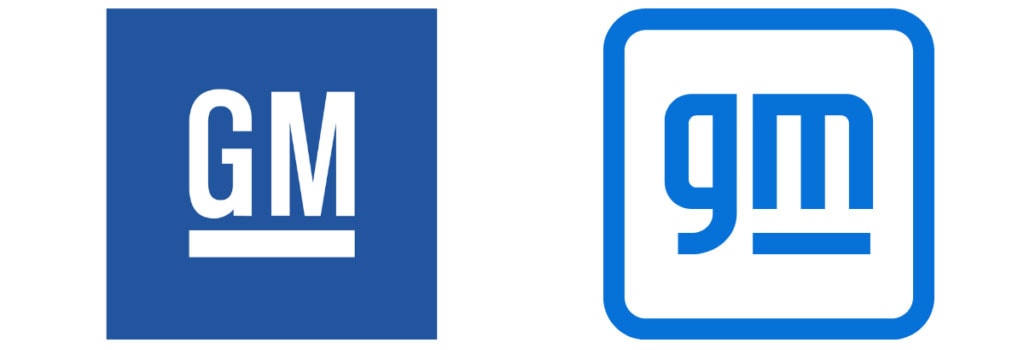

Your brand identity package should accurately reflect your company’s values. So consider the strength of your three foundations before starting work on a new identity package.
Documentation & Style Guides
The primary deliverable of all of these brand strategies and exercises is knowledge. But this knowledge is only valuable if you can communicate it to your employees. For a brand development strategy to be effective, every team member must be familiar with your company’s brand and understand how it affects their work. This training is especially necessary for client-facing personnel.
Style guides will include clear rules about using your identity package in marketing materials. They will also have more nuanced guidance on your brand voice and tone.
Keeping the essence of your brand top-of-mind will ensure that you more quickly infuse your brand into all that you do.
Audience Personas
Audience personas have been a core piece of marketing strategies for decades. However, the focus has shifted over the years from demographics and behaviors to sentiments and values.
Considering your brand purpose, you may need to adjust your audience personas to include more information about your ideal customer’s deeply held values.
Is marketing to your consumers through brand purpose that much better? In 2018 Unilever announced that its 26 sustainable living brands (the brands to which Unilever gave defined societal brand purpose statements, like Dove) grew 46% faster than the rest of its businesses.
Clearly, infusing your brand purpose and culture into your marketing makes an impact. Revising your audience personas to include purpose and culture is a critical step toward this kind of success.
How do you fit this into the rest of your priorities?
For smaller businesses, it might seem like a low-priority or a high-cost/low-reward endeavor to start working on brand development with this level of attention. Obviously, brand strategies cost money and take time. Still, the benefit of a strong brand can supercharge your marketing performance for decades.
The first step in this process, whether you’re planning for an immediate investment into brand development or not, is to align yourself with a marketing partner who understands the importance of brand development. Such a partner will, in smaller ways, infuse the better parts of your existing brand into your communications as a habit.
We train our teams at Waypost to maintain consistency of voice and tone and exemplify our clients’ cultures in our work — whether we have well-developed documentation or not. While not as effective without a solid brand development strategy, this effort ensures that your brand stays consistent over time. When you are finally ready for that investment, you can rest assured that the people developing your brand are familiar with you and your audience (and we’ve been paying attention!)
Contact us online for information about Waypost Marketing or our brand development strategies, or call (864) 288-6162.
